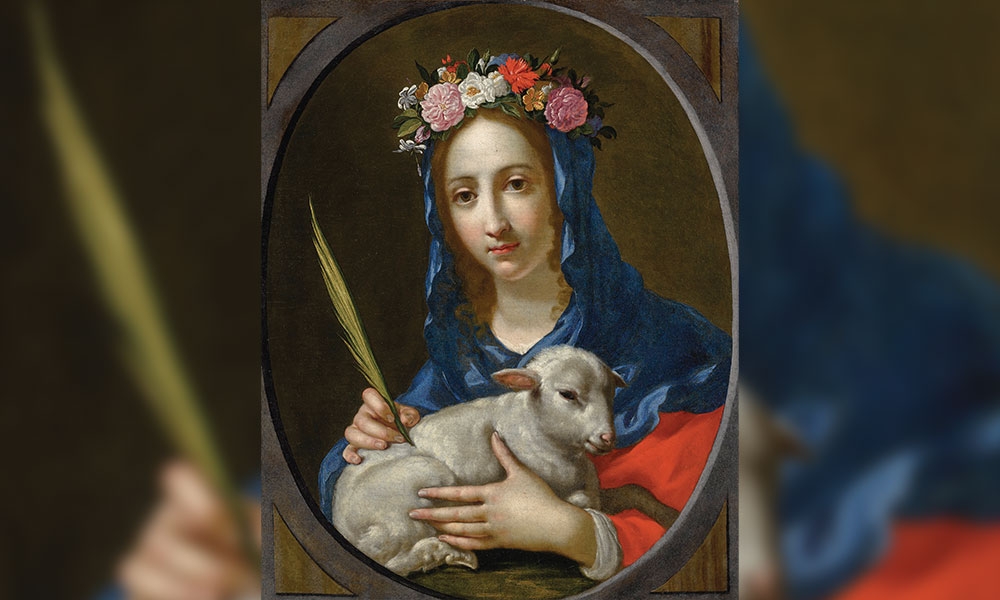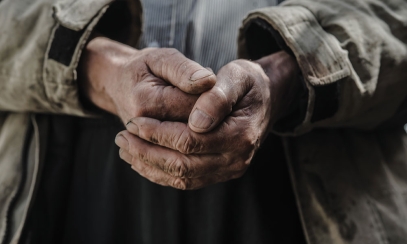
Chastity & Lust
The virtue of chastity falls under the cardinal virtue of temperance. As we saw earlier in this series on virtues and vices, temperance “moderates the attraction of pleasures and provides balance in the use of created goods.” (CCC 1809) Chastity involves moderation when it comes to sexual pleasure. Specifically, chastity seeks the “successful integration of sexuality within the person” and, therefore, the unity of the person in body and spirit. (CCC 2337)
The virtue of chastity falls under the cardinal virtue of temperance. As we saw earlier in this series on virtues and vices, temperance “moderates the attraction of pleasures and provides balance in the use of created goods.” (CCC 1809) Chastity involves moderation when it comes to sexual pleasure. Specifically, chastity seeks the “successful integration of sexuality within the person” and, therefore, the unity of the person in body and spirit. (CCC 2337)
This unity of the person depends on the ability to maintain the “integrity of the powers of life and love placed in [the person].” (CCC 2338) These “powers” allow us to participate in the life and love of God, which happens most directly when we love God with all our heart, mind and strength and our neighbor as ourselves. Chastity, then, always involves the gift of oneself.
For example, the importance of maintaining this integrity of the powers of life and love can be seen in the Church’s understanding of the inseparable ends, or purposes, of the marital act: the good of the spouses (unitive) and the procreation of children (procreative). The marital act is unitive because the human body by its very nature is directed to relationship, wherein we achieve true wholeness as a communion of persons. God established marriage so that man and woman could participate in his love and thus selflessly give themselves to each other in love. The marital act is procreative because the nature of love is to overflow, to be life-giving.
Different forms
Though all the baptized are called to chastity, it takes different forms depending on a person’s state of life. The Catechism (2349) gives us three specific forms. Spouses are called to conjugal chastity – that is, they are called to give themselves to each other in a “partnership of the whole of life” (CCC 1601), including in the sexual sphere, in a way that is exclusive and permanent. Those who profess virginity or celibacy are called to give themselves to God alone. Those who live the single life are called to live chastity by exercising continence, or self-restraint, and to order their lives to God while living in a celibate state. All of these forms of chastity, when understood through the lens of self-gift, are a means of loving God and neighbor.
Lethal lust
The Catechism (2351) describes lust as the “disordered desire or inordinate enjoyment of sexual pleasure.” This seeking after sexual pleasure alone is deadly because it has a disintegrating impact on the human person.
Lust elevates sexual pleasure to the sole end of the sexual act thereby isolating it from its true purposes. It attacks the unity of the person and the person’s relationships with others. By introducing division and separation between the powers of life and love in our minds first, lust disorients, misdirects and inverts these powers away from their true end of unity – within the person, with others and with God.
Lust’s impure desires forget God and reduce our neighbors and ourselves into mere objects of gratification. Lust stimulates the thought that we are in control, that the powers of life and love originate with us rather than with God.
Bolstering our defenses
Our ability to live out the call to chastity in our lives demands that we recognize first and foremost that it is not only a moral virtue. Chastity is a gift from God, a grace. Consequently, it is through the power of the Holy Spirit that we can hope to imitate the “purity of Christ.” (CCC 2345)
Of course, there is work to do as well. We must strive for self-mastery – mastery of our senses, imagination and memory. The Catechism (2340-42) points out that self-knowledge, askesis (the practice of self-denial for the purpose of growing in virtue), fidelity to prayer and obedience to the Commandments are critical if we are to have any hope of combating the impure desires of lust. That said, self-mastery is not a goal that we can reach once and for all. We are called to renew our efforts throughout the various stages of life.
Who said it?
“A clean heart is a free heart. A free heart can love Christ with an undivided love in chastity, convinced that nothing and nobody will separate it from his love. Purity, chastity, and virginity created a special beauty in Mary that attracted God’s attention.”
A. St. Benedict
B. Mother Teresa of Calcutta
C. St. John Paul II
D. St. Catherine of Siena
Answer: (B) Mother Teresa of Calcutta
“Human love – pure, sincere and joyful – cannot subsist in marriage without the virtue of chastity, which leads a couple to respect the mystery of sex and ordain it to faithfulness and personal dedication.”
A. St. Gianna Molla
B. St. Francis de Sales
C. Pope Benedict XVI
D. St. Josemaría Escrivá
Answer: (D) St. Josemaría Escrivá
Doug Culp is the chancellor for the Catholic Diocese of Lexington.



